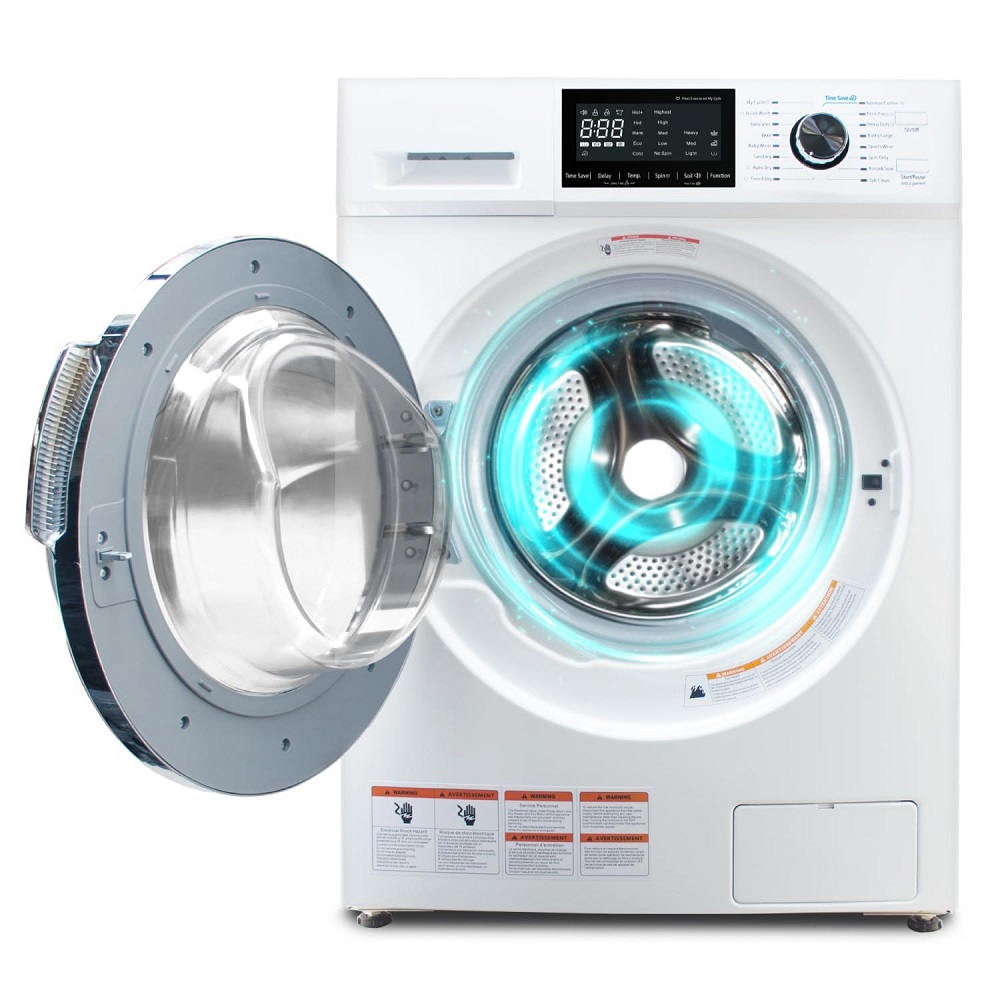In today’s fast-paced world, convenience is key, especially when it comes to household chores. A washer and dryer in one unit, also known as a washer-dryer combo, offers an effective solution for those with limited space or who prefer streamlined appliances. This innovative machine combines washing and drying capabilities into a single device, saving time and effort. However, understanding how to properly install and maintain a washer and dryer combo is essential for maximizing its performance and lifespan. This article outlines useful tips for installation and maintenance, ensuring your washer and dryer in one works efficiently for years to come.
Understanding the Washer-Dryer Combo
What is a Washer-Dryer Combo?
A washer-dryer combo is a versatile appliance that combines the functions of washing and drying clothes into one unit. Unlike traditional laundry setups, which require separate machines, a combo unit can wash a load and then automatically dry it. This design is especially beneficial for those living in apartments, small homes, or locations where space is at a premium. With a washer-dryer combo, laundry can be done efficiently without the need for multiple devices, making it an attractive option for busy individuals and families.
How Does It Work?
Typically, a washer-dryer combo works similarly to conventional washing machines and dryers, but with some differences. The clothes are washed in a stainless-steel drum, using water and detergent just like a standard washer. After the wash cycle, the unit shifts to the drying phase, using heat and air circulation to evaporate moisture from the fabrics. This dual-function process is automated, allowing users to load their laundry, set the desired cycle, and walk away without further intervention. Despite the convenience, it’s important to recognize that combo units may have different drying capacities than washing capacities, which can impact how much laundry can be processed in a single load.
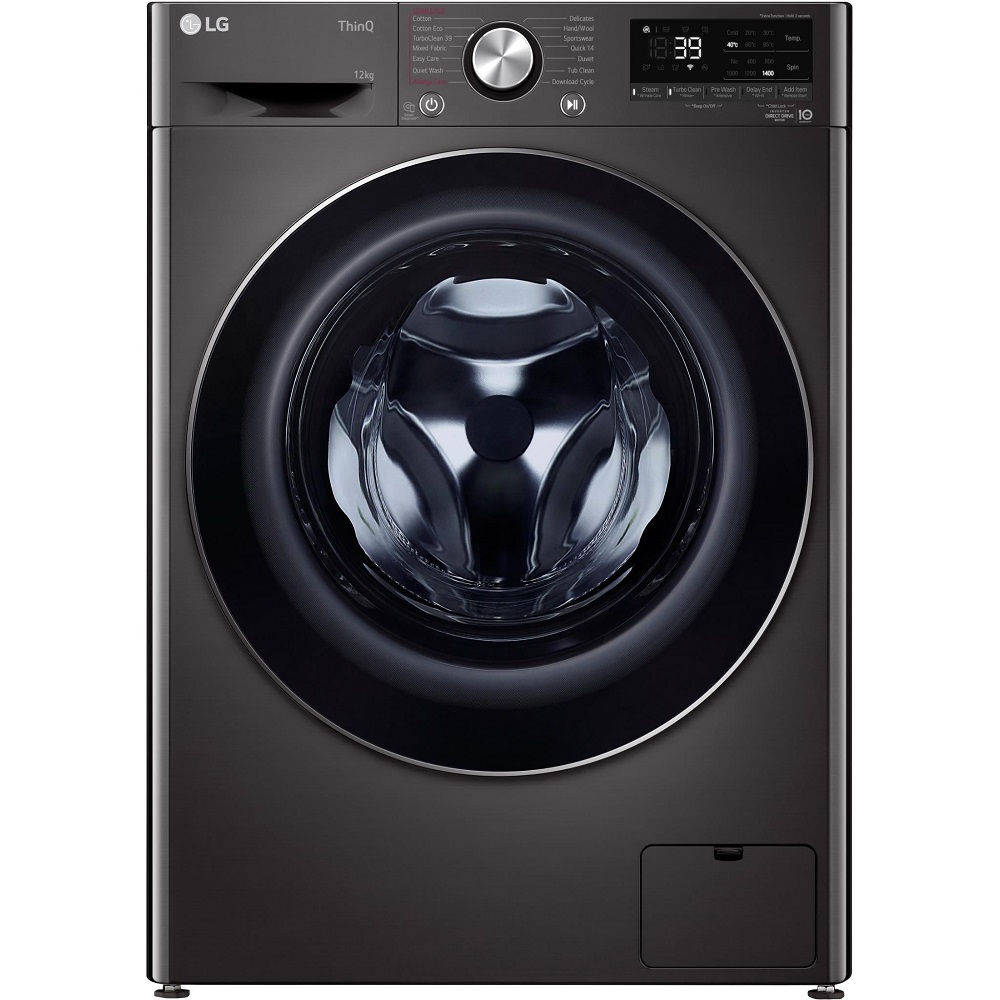
Choosing the Right Location for Installation
Assessing Space Requirements
Before purchasing a washer and dryer combo, it’s crucial to assess the available space within your home. These units require a flat, stable surface and adequate clearance for ventilation. Measure the area where you plan to install the appliance and ensure that it meets the dimensions of the combo unit. Additionally, consider the doorways and hallways to make sure the unit can be easily moved into place. Proper spacing around the machine allows for airflow and helps prevent overheating during operation.
Ventilation Considerations
Although many washer-dryer combos are ventless and designed to work without an external outlet, proper ventilation is still essential. If you opt for a model that requires ventilation, ensure that it is installed according to manufacturer specifications. A well-ventilated area helps maintain optimal performance and efficiency. If using a ventless model, check that the unit has space for air circulation, which can prevent issues like mold or mildew buildup. Good ventilation keeps your laundry area fresh and healthy while supporting the functionality of the appliance.
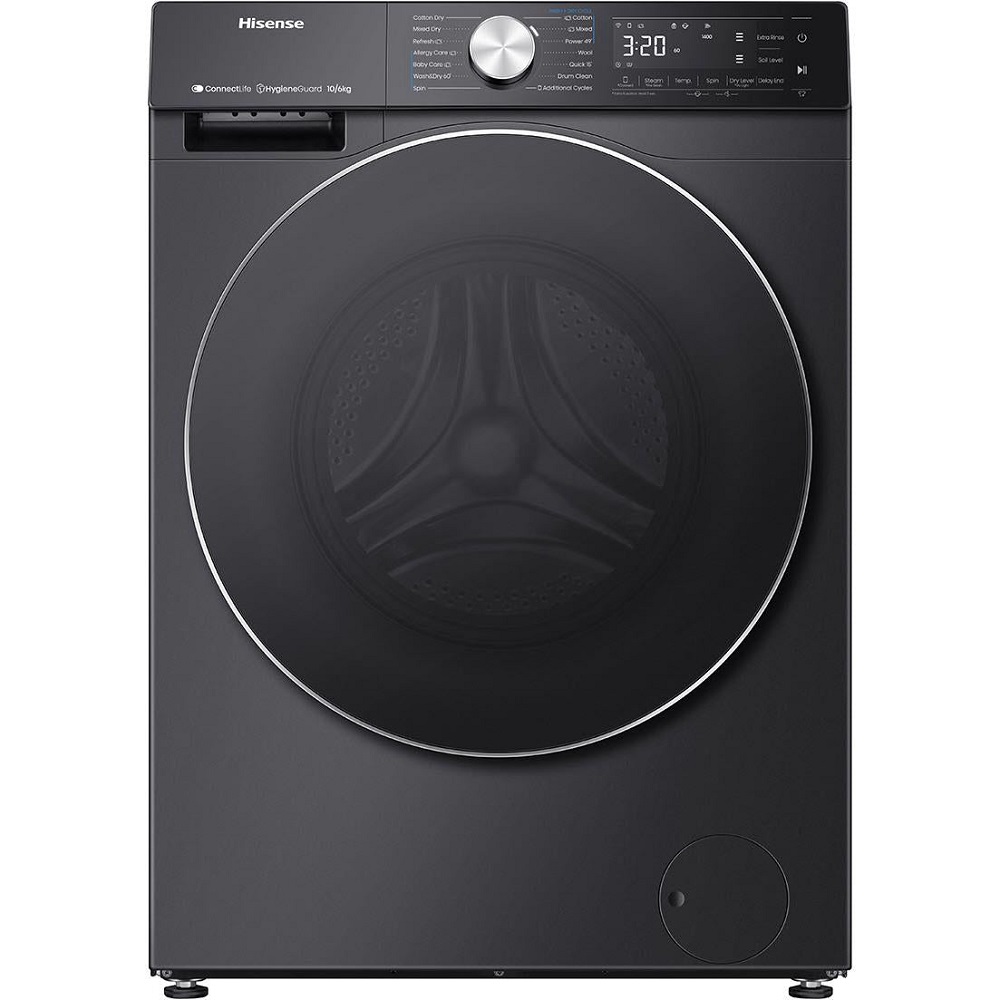
Installation Tips for Your Combo Unit
Following Manufacturer Instructions
When installing a washer and dryer combo, it is vital to carefully follow the manufacturer’s instructions. Each model may have specific requirements for installation, including electrical connections, water supply, and drainage. Refer to the user manual provided with the appliance, and adhere to any safety precautions mentioned. Proper installation minimizes the risk of malfunctions and ensures that the unit operates as intended. If assistance is needed, consider hiring a professional installer who is familiar with the specific model being used.
Connecting Water Supply and Drainage
Connecting the water supply and drainage system involves some technical aspects, including the use of hoses and fittings. Ensure that the water hoses are securely attached to both the unit and the water supply. You may also need a Y-connector if you are using a sink faucet. Additionally, you should connect the drain hose according to the manufacturer’s specifications, ensuring that you secure it in place to prevent leaks. Proper drainage prevents water from accumulating, which is essential for maintaining a clean and dry laundry space.
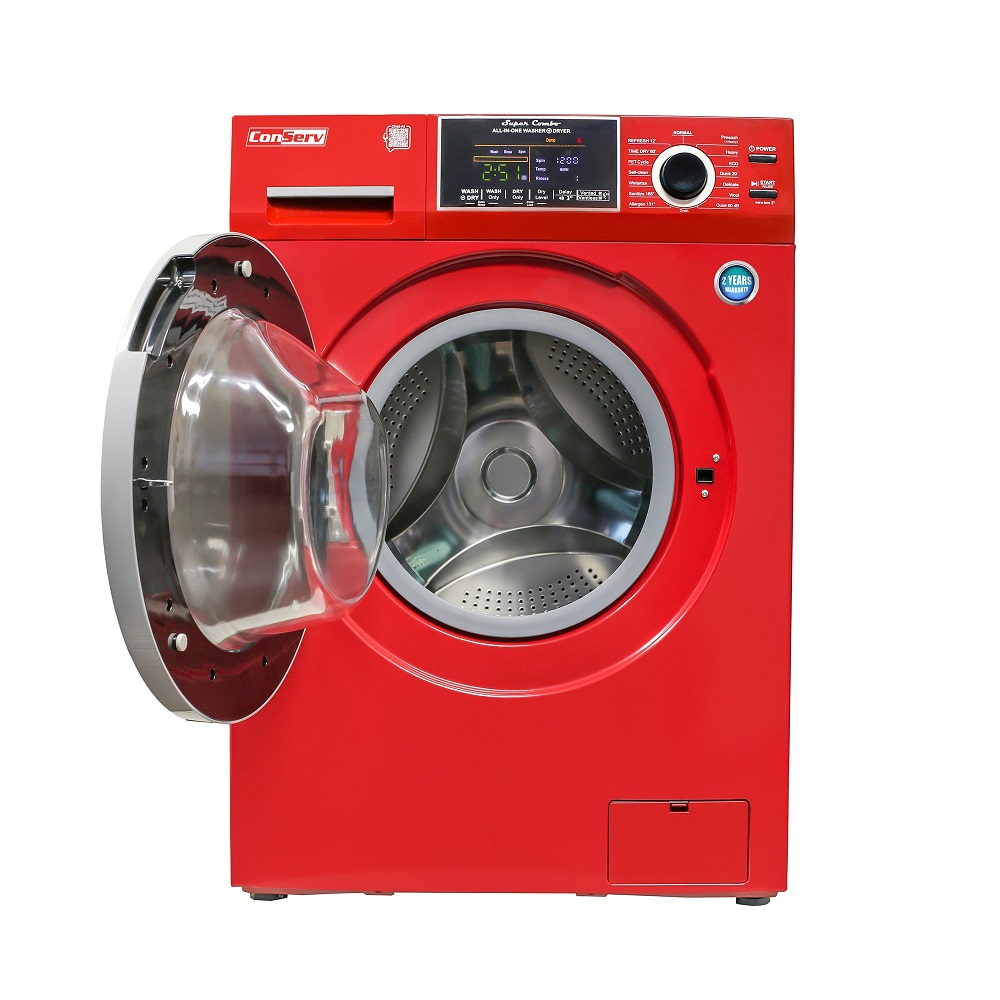
Effective Maintenance Practices
Regular Cleaning
To keep your washer-dryer combo functioning optimally, regular cleaning is essential. Pay attention to detergent drawers, filters, and the drum itself. Over time, soap residue and lint can accumulate, affecting performance and efficiency. Cleaning the drum with a damp cloth after each use can help remove debris and prevent unpleasant odors. Periodically running an empty cycle with a washing machine cleaner or white vinegar can eliminate buildup and maintain freshness. Establishing a cleaning routine is fundamental to prolonging the life of your appliance.
Checking for Clogs
Clogs in the drainage system can significantly impact the performance of your washer-dryer combo. Regularly check the drain hose for blockages or kinks that could impede water flow. Inspecting the lint filter and removing any accumulated lint is also crucial. Most combos include filters designed to catch lint and debris during drying. Keeping these filters clean helps prevent clogs and improves drying performance. Addressing potential clogs promptly will help maintain optimal efficiency and prevent costly repairs down the line.
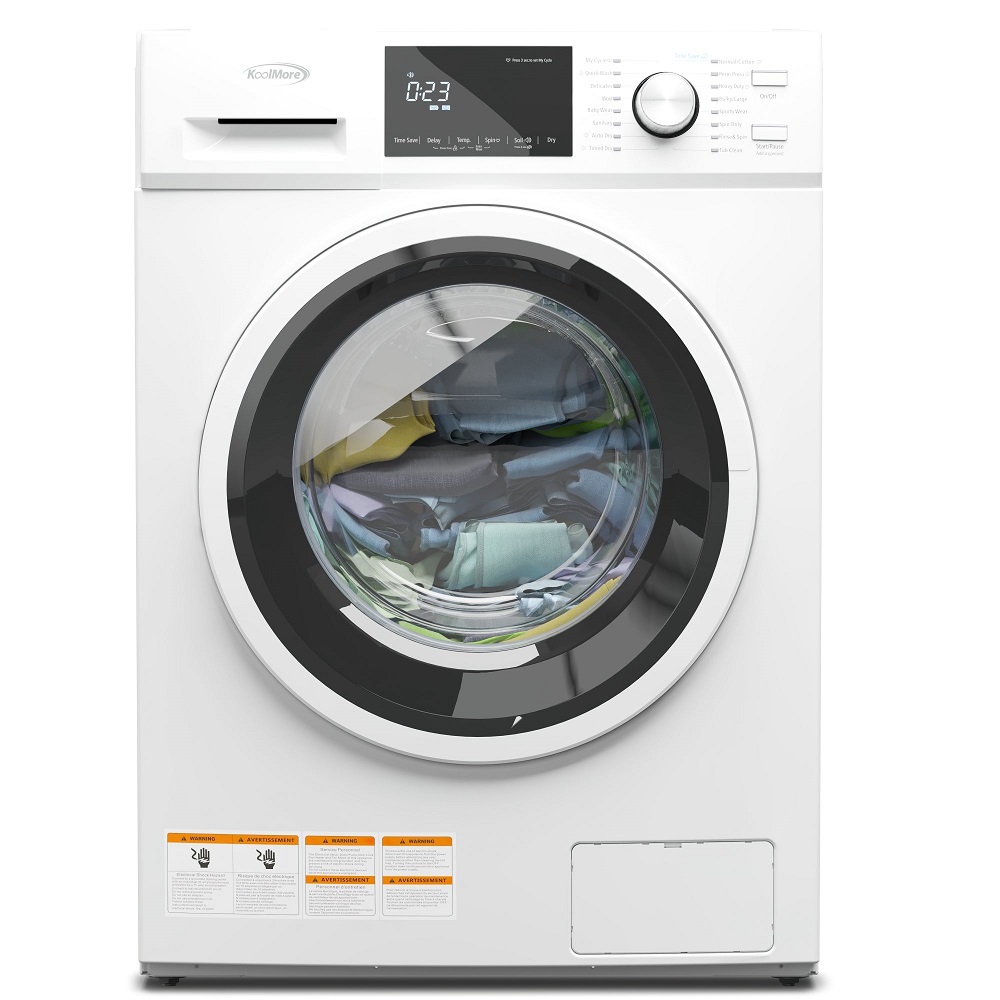
Understanding Common Issues
Inconsistent Performance
If you notice inconsistent washing or drying performance in your washer-dryer combo, a few factors could be at play. Overloading the appliance can strain its capabilities, leading to subpar results. Refer to the manufacturer’s guidelines to determine the appropriate load size for your specific model. Additionally, ensure that you are using the correct settings for fabric types and soil levels. Choosing the wrong cycle can result in clothes not being properly cleaned or dried. Adjusting your usage habits according to your unit’s specifications can help improve overall effectiveness.
Identifying Error Codes
Many modern washer-dryer combos come equipped with digital interfaces that display error codes when issues arise. Understanding these codes can provide insight into what might be wrong with the appliance. Common error codes may indicate problems with water supply, drainage, or even electrical connections. Consult the user manual for explanations of the various error codes, and follow the recommended troubleshooting steps. Identifying problems early can prevent further complications and ensure that your appliance remains operational.
Energy Efficiency Considerations
Choosing an Energy-Efficient Model
When selecting a washer-dryer combo, consider energy efficiency ratings. Look for models that are certified by energy-saving programs, such as ENERGY STAR®. Energy-efficient appliances consume less water and electricity, resulting in lower utility bills. They also have a smaller environmental impact, making them a more sustainable choice. Investing in an energy-efficient model upfront can save you money in the long term while benefiting the planet.
Optimizing Usage for Efficiency
In addition to selecting an energy-efficient model, optimizing your usage can enhance energy savings. Wash full loads instead of several smaller loads to minimize water and energy consumption. Additionally, using cold water cycles and selecting shorter drying times can help reduce the overall energy used during laundry. Consider using moisture sensors if your model features them; they automatically adjust drying times based on the dampness of your clothes, which prevents over-drying. By making conscious choices about how you use your washer-dryer combo, you can maximize efficiency.
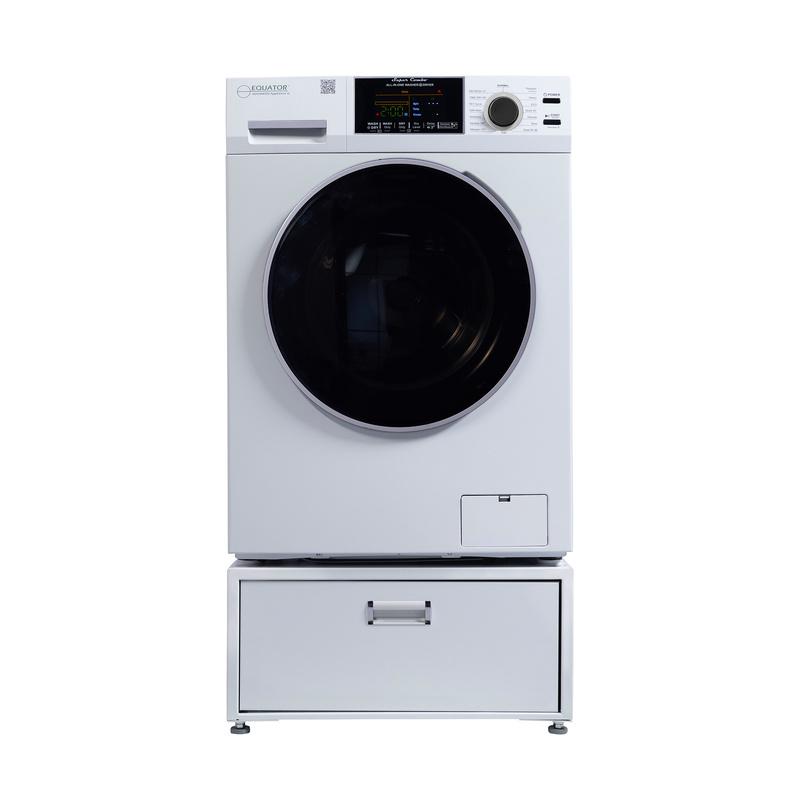
When to Seek Professional Help
Recognizing Persistent Problems
While routine maintenance can address many common issues, some problems may require professional assistance. If you notice persistent issues despite following maintenance practices, it may be time to call in an expert. Problems with electrical functioning, water leaks, or unusual noises often warrant a professional inspection. Complications can compromise not only your washer-dryer combo but also the safety and functionality of your home. Seeking help from a certified technician can ensure any underlying issues are properly diagnosed and resolved.
Regular Professional Maintenance
In addition to addressing issues as they arise, consider scheduling regular professional maintenance for your washer-dryer combo. A technician can perform an in-depth examination of the appliance, checking components and ensuring proper functioning. This proactive approach to maintenance can help identify potential problems before they escalate, saving you time and money in the long run. Regular maintenance may also lead to improved performance and efficiency, allowing your washer-dryer combo to operate at its best.
Conclusion
In conclusion, a washer and dryer in one unit offers incredible convenience for busy households or individuals with limited space. Understanding the importance of installation and maintenance can significantly enhance the appliance’s performance and lifespan. By following the essential tips outlined in this article, including proper installation, regular cleaning, and understanding common issues, you can ensure your washer-dryer combo remains in optimal condition.
Additionally, taking the time to monitor energy efficiency can lead to savings on utility bills while positively impacting the environment. Make sure to stay aware of persistent problems and seek professional help when needed. With care and attention, your washer and dryer combo can provide hassle-free laundry solutions for years to come. Embrace the convenience of this appliance and enjoy the relief it brings to your daily chores!

